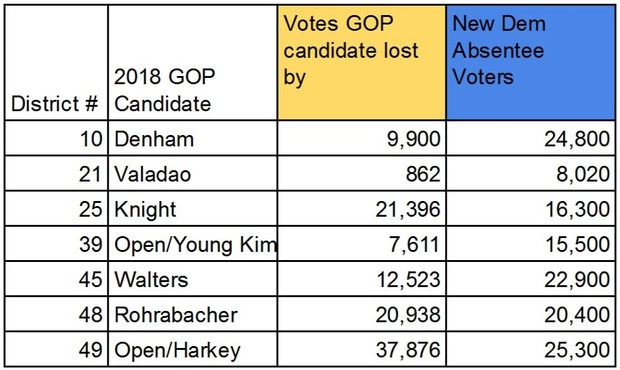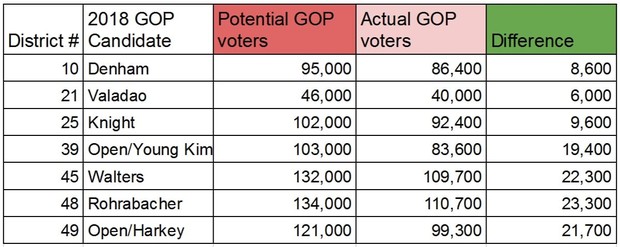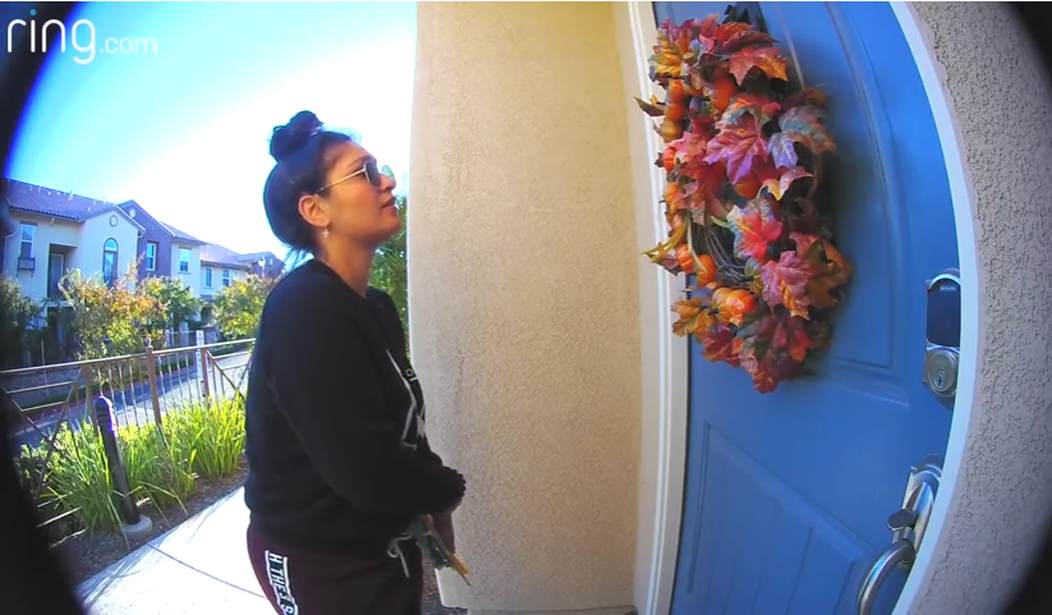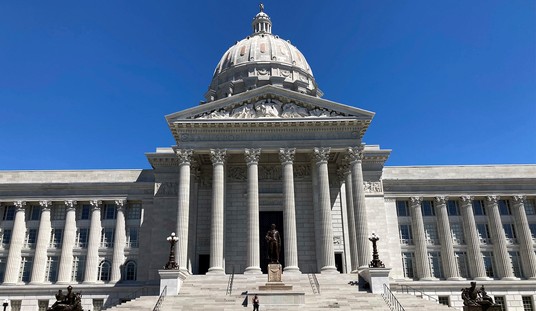(The following is part of a series discussing California’s ballot harvesting laws.)
In about a month and a half California voters will cast their ballots in the 2020 primary election.
But the California primary isn’t until March 3, you say? Technically, yes, but voters can participate in early voting and receive their vote-by-mail (VBM) ballots 29 days prior to the election. That means that (smart) campaigns have to begin their Get Out the Vote efforts in early January and stay in GOTV mode – encouraging voters to visit early voting centers, return their VBM ballots, or harvest ballots – until March 3.
California’s Republicans failed bigly to pay attention to the “harvest ballots” portion of GOTV efforts in 2018 and it cost them dearly. Will 2020 be any different?
After 2018’s shellacking, (now former) Rep. Jeff Denham said:
“One of the lessons that the GOP needs to learn out of this election cycle is how to work within all of the new rules, same-day voter registration, motor voters. There have been a lot of changes in laws that I think have caught many in the Republican Party by surprise. You can’t just run a traditional campaign as you did before.”
Same-day voter registration and “motor voter” laws (in which people are automatically registered to vote when they receive their drivers license) have had a big impact on the Golden State’s political landscape. Many of these automatically registered voters are designated “vote by mail” voters, so they receive ballots by mail about a month before election day. By running the data, campaigns can see which voters were registered since a certain date and are VBM voters, then send ballot harvesters to their door. (It also shows less scrupulous organizations which mailboxes have ballots that can be stolen.) As is typical with a government-run program, there are “glitches.” The DMV has admitted to mishandling 23,000 voter registrations, an audit is being performed on 77,000 more purported double registrations, and hackers have breached the database multiple times.
Changes to the state’s VBM law (allowing a voter to have any adult – including paid canvassers – return their ballot for them) that went into effect in 2018, though, have had the biggest impact on California’s elections. Democrats successfully weaponized the practice of “ballot harvesting,” leading to a blue tsunami. In Denham’s Central Valley race, he held a 1,287 vote lead over his Democrat opponent, Josh Harder, the morning after the election. Less than two days later, with the majority of the late ballots counted, Denham was behind by 7,416 votes.
Orange County officials said more than 200,000 ballots were dropped off in the last days of the election. In one race there, incumbent Republican Mimi Walters was ahead by 6,074 votes on election night but ended up losing to Democrat Katie Porter by 11,866 votes.
An analysis of voting data shows that of the seven California congressional seats flipped from red to blue in 2018, five of them were most likely lost as a direct result of ballot harvesting.

Though the number of new Democrat absentee voters isn’t a statistic tracked by California election officials, a rough estimate was obtained by calculating the number of Democrat voters who registered since January 2017 and who, since that time, only voted in the November 2018 general election and voted by mail. It can’t be said with certainty that all of those VBM ballots were harvested, but there are also a number of Democrats who were registered before 2017, voted infrequently, and whose ballots were harvested. The number shown in the chart above could then be considered a fair illustration of the impact of unchallenged ballot harvesting by California Democrats in 2018.
Democrat officials like California Secretary of State Alex Padilla say these changes are a matter of choice and expanding access to the ballot.
“In California, we’re expanding opportunities for eligible citizens to register to vote and for registered voters to cast their ballot. These opportunities include in-person early voting, the option to vote-by-mail, and giving voters the power to decide who they most trust to return their vote-by-mail ballot for them if they so choose.
“As other states are rolling back voting rights, California is modernizing our elections and making it easier for all eligible citizens to participate.”
Giving voters the power to decide who they most trust? Like Lulu, who only wants to pick up Democrat ballots?
(More about the ways California Democrats weaponized this law – potentially unlawfully – in the next installment.)
So, how do conservatives and California’s GOP fight back? Obviously, the tiny number of GOP members of the CA Legislature should push for reforms to the law, to make it more secure, since there’s no way it will be repealed (using political means) any time soon.
Some conservatives are antagonistic toward running ballot harvesting operations on the GOP side. I’ve heard two reasons given. First, they believe that since they would never trust their ballot to a “stranger,” they wouldn’t ask a voter to hand over their ballot to a harvester. Second, they don’t believe that the law is fair or legal so they don’t believe GOP candidates or organizations should engage in ballot harvesting.
Those are valid concerns, but here’s why they don’t (or shouldn’t) apply.
The voters targeted in a ballot harvesting operation are not party activists who never miss a vote. The voters who should be targeted in a ballot harvesting operation are those I’ve dubbed California’s “forgotten voters.” They’re either registered GOP or have been registered GOP in the past, and have voted in maybe only one of the last five statewide elections. (Most GOTV operations concentrate on higher propensity voters.) These voters have shown that they will turn out at the polls, but only do so when they feel an extra motivation – for example, they feel a personal connection to a candidate, there is an issue on the ballot they feel strongly about, or they have a reason to believe their vote matters.
Looking at the same congressional districts referenced above, the number of potential GOP voters for the November 2018 election was determined by calculating the number of registered GOP voters who had voted in at least one of the last five statewide elections prior to 2018 (11/12, 6/14, 11/14, 6/16, 11/16). Then, the Actual GOP voters column shows the voters from the first pool who then voted in November 2018. The difference is the “missed opportunity” for the California GOP.

It should be noted that the above chart doesn’t take into consideration any “No Party Preference” voters who were formerly GOP and could be courted to vote for GOP candidates, and assumes that there were no new GOP voters in 2018 to court.
The argument that the GOP shouldn’t engage in ballot harvesting because it’s unfair or not the way elections should be held is irrelevant. Right now, the only unfairness how unfair it is to GOP activists who work their hearts out but can’t get any assistance from party structure or PACs to enable them to compete with the Democrat machine. Similarly, any intellectual discussion about whether ballot harvesting should be part of our election process is irrelevant at the moment. It’s currently allowed by law, and we’ve already seen what happens when it’s ignored.
So, unless California Republicans want to be completely extinct they’re going to have to do two things: learn to use the language of the progressives when messaging ballot harvesting operations, legal reforms. and “expanding the vote,” and embrace a robust, well-funded ballot harvesting campaign.
(In Part 2, we will examine potential abuses of California’s ballot harvesting law and highlight tactics California Dems used in 2018.)














Join the conversation as a VIP Member